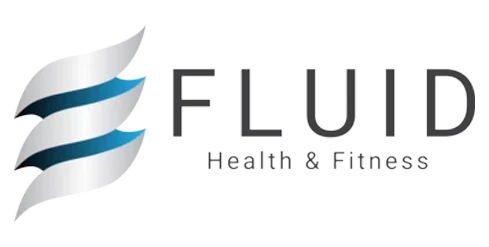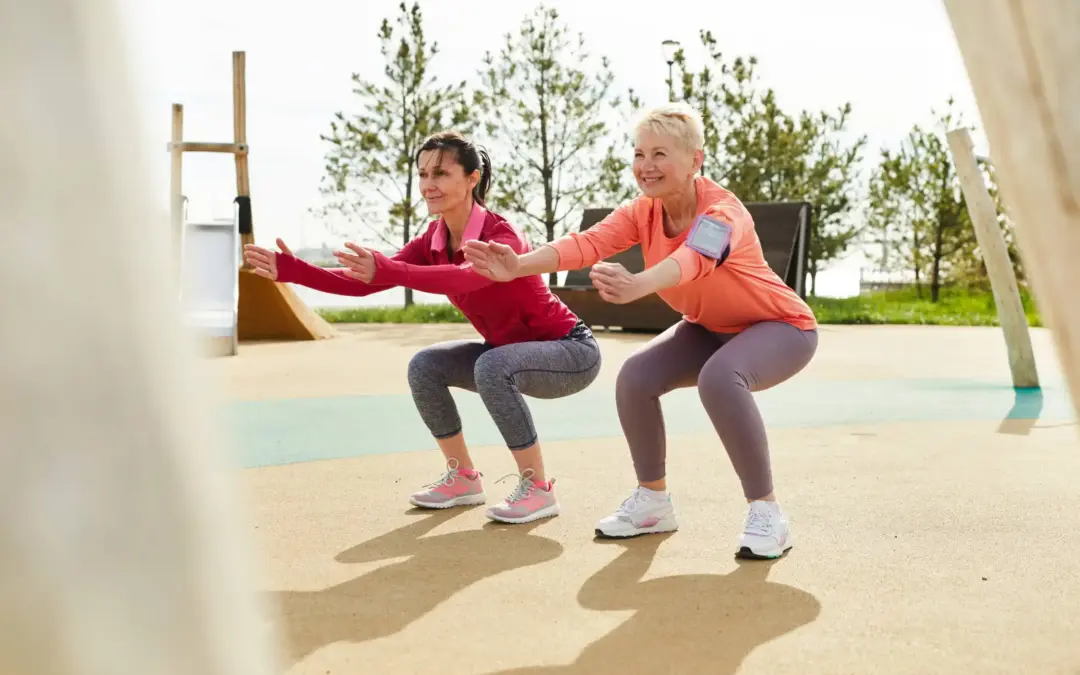
Our Philosophy: Why Movement First, Conditioning Second
At Fluid Health and Fitness, we reject the reckless rush toward “fitness at all costs.”
We recognize that for older adults, the order of operations is non-negotiable:
Fix the structure. Stabilize the core. Condition the system.
Metabolic conditioning must be layered onto a body capable of handling force, posture, and breath.
Without this sequence, fitness becomes fragility.
The Foundations of Senior Performance Training
The Fluid Movement Model for Older Adults
Before addressing endurance, speed, or intensity, we:
-
Screen movement patterns and postural control.
-
Correct joint misalignments and breathing mechanics.
-
Develop static and dynamic balance.
-
Strengthen load transfer across joints (from foot to hip, spine to shoulder).
Only when neuromuscular coordination and breathing-driven stability are demonstrated do we progress conditioning.
Senior Model Phased Progression
| Phase | Primary Goal | Fluid Application |
|---|---|---|
| Corrective Exercise | Restore alignment, mobility, proprioception. | Target dysfunctional chains and breathing impairments first. |
| Stabilization Endurance | Develop trunk stability, joint stability, and balance. | Core-first load strategy: no compensation, no chaos. |
| Strength Endurance | Build prime mover endurance while maintaining postural control. | Functional strength to withstand daily tasks, not just gym movements. |
| Power Development | Improve reaction time, dynamic balance, and force control. | Fast, controlled outputs to reduce fall risk and promote real-world resilience. |
Older adults should never bypass early phases in pursuit of perceived “performance.”
Solid foundations produce sustainable health gains.
Cardiorespiratory Development for Seniors: Staged and Controlled
Cardio training must enhance, not diminish, structural integrity.
-
Stage 1: Base building at low intensities (50–75% max heart rate).
-
Stage 2: Progressively introducing moderate intensities (76–85%).
-
Stage 3 (only for high-functioning seniors): Intermittent higher-intensity work to preserve mitochondrial and cardiac health.
Cardio sessions are woven into strength sessions or completed separately based on functional assessment outcomes.
Core Training Elements for Fluid Seniors
Cardio sessions are woven into strength sessions or completed separately based on functional assessment outcomes.
Respiratory Mechanics Control
Restore diaphragmatic breathing and thoracic mobility.
Balance and Proprioceptive Mastery
-
Prioritize single-leg stability and multi-planar control before resistance loading.
Strength Adaptation
-
Emphasize muscle endurance and joint support before attempting hypertrophy or maximal strength work.
Power Preservation
-
Target the neuromuscular decline that accelerates fall risk through rapid, controlled movement drills — only after stability is proven.
Nutritional Foundations for Active Aging
Hydration is Non-Negotiable
-
-
Men: ~3.7 liters/day
-
Women: ~2.7 liters/day
Older adults have diminished thirst response; proactive hydration is critical.
-
Macronutrient Focus
-
-
45–65% carbohydrates (with high fiber intake).
-
20–35% fats (emphasizing Omega-3 sources).
-
1.0–1.2g/kg body weight protein intake to preserve lean mass and healing capacity.
-
Micronutrient Priorities
-
-
Vitamin D, Calcium, Potassium, and B-Vitamins need intentional dietary focus or supplementation.
-
Energy Management
-
-
Caloric needs decline with age but nutrient density must increase.
-
Sedentary individuals will require ~1600–2200 calories/day depending on gender; active older adults may require 2000–2800 calories/day.
-
Senior Member Expectations at Fluid
-
Commit to movement quality before chasing cardio metrics or strength numbers.
-
Respect the progressive nature of training phases. Skipping stabilization is not allowed.
-
Integrate breathing, balance, and mobility work into every session.
-
Be proactive about nutrition and hydration — recovery begins before the workout does.
-
Approach fitness as a strategy for life extension, not short-term ego wins.
Our system is designed to ensure you stay active, independent, and injury-resistant for the long haul.
Fluid’s Senior Performance Model Integration
-
Assess: Functional Movement Screening + Respiratory and Balance Testing.
-
Correct: Target impairments through corrective and stabilization exercises.
-
Build: Progressively load movement patterns under control.
-
Refine: Introduce velocity, reactive stabilization, and higher-function balance challenges.
-
Sustain: Optimize mobility, strength, and metabolic health for longevity.
Closing Statement
We are not interested in shortcuts, fads, or hollow victories.
At Fluid Health and Fitness, we build real, resilient older adults who move better, live longer, and thrive.
With structure, precision, and time-tested methods — not wishful thinking.
Longevity is earned.
References
-
National Academy of Sports Medicine (2012). Senior Fitness Specialist Program Manual.
-
Cited for the OPT model progression, assessment methods, and cardiorespiratory training zones for older adults.
-
-
Chodzko-Zajko, W., et al. (2009). Exercise and Physical Activity for Older Adults. Medicine & Science in Sports & Exercise.
-
Cited for the necessity of structured power training and cardio-respiratory maintenance in aging.
-
-
Fiatarone Singh, M. A. (2002). Exercise Comes of Age: Rationale and Recommendations for a Geriatric Exercise Prescription.
-
Cited for benefits of progressive resistance and power training in reducing frailty and improving functional capacity.
-
-
American College of Sports Medicine (ACSM). Position Stand on Exercise and Physical Activity for Older Adults (2009).
-
Cited for exercise prescription standards related to stabilization, strength, and metabolic conditioning for seniors.
-
-
Institute of Medicine (2002). Dietary Reference Intakes for Energy, Carbohydrate, Fiber, Fat, Fatty Acids, Cholesterol, Protein, and Amino Acids.
-
Cited for nutritional requirements specific to aging populations.
-



